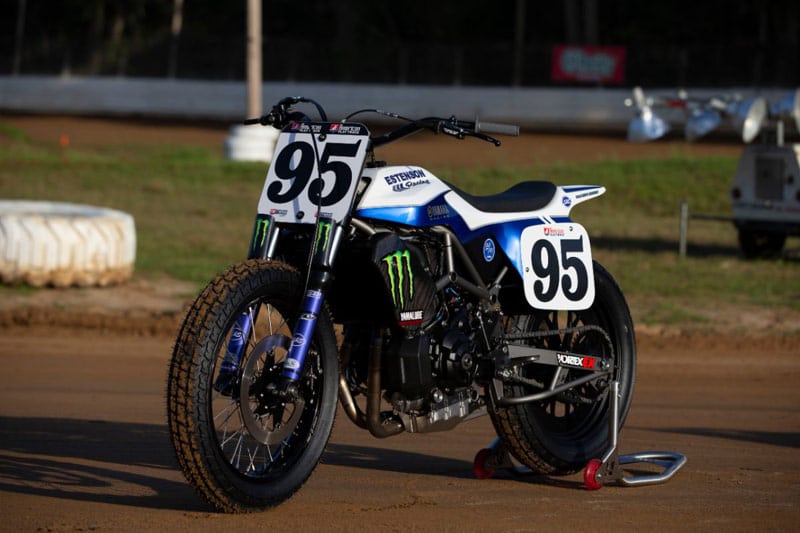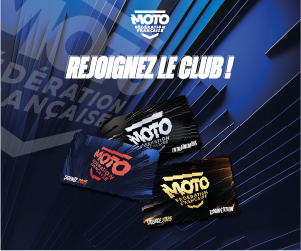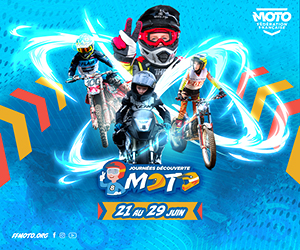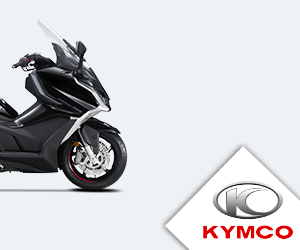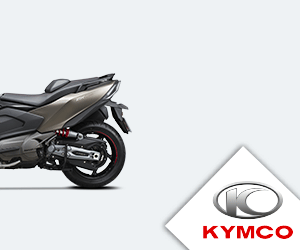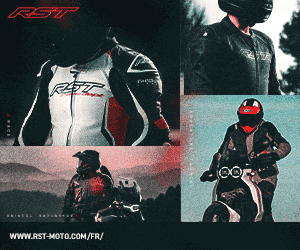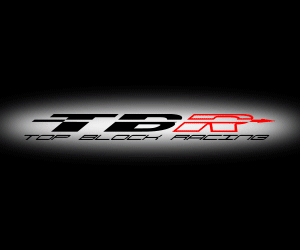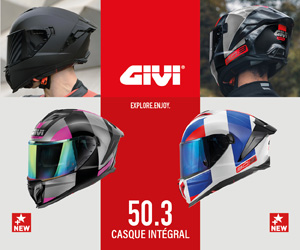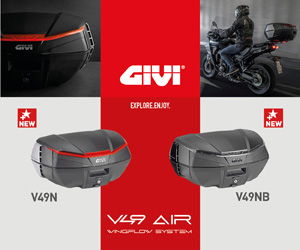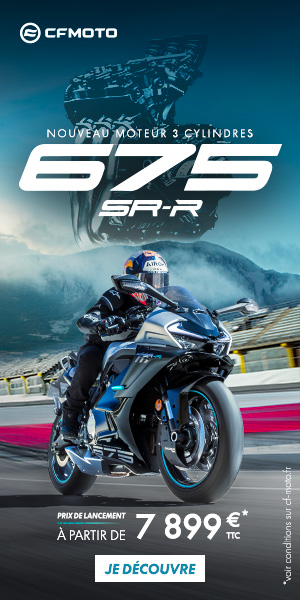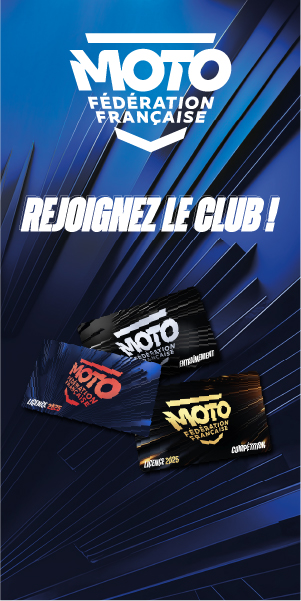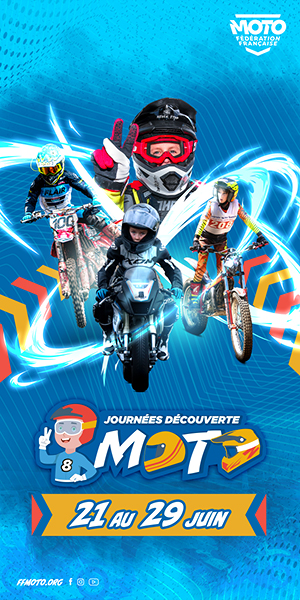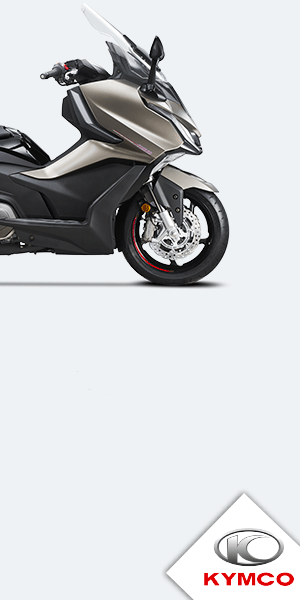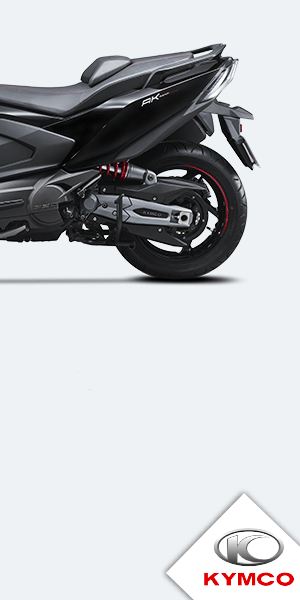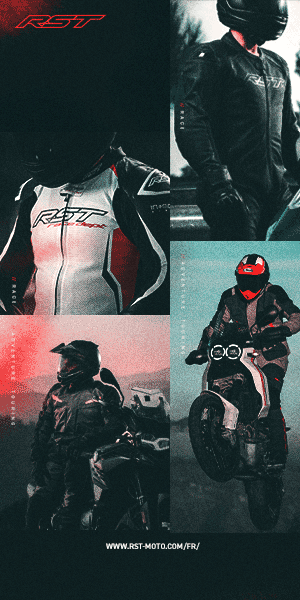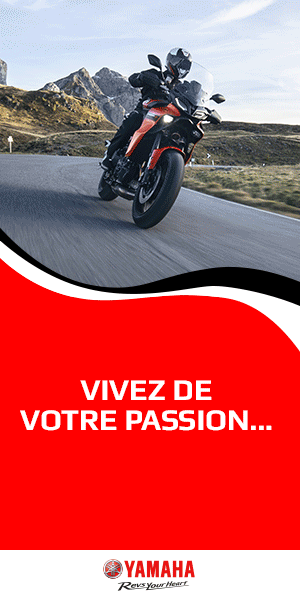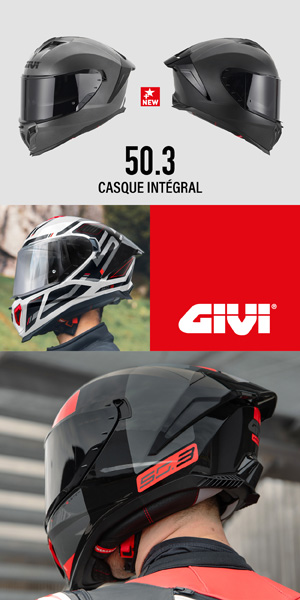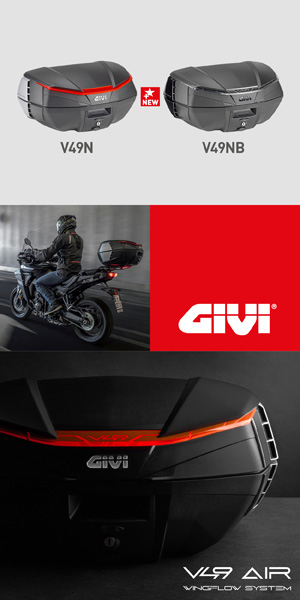It is extremely rare for a Japanese manufacturer to tell us in detail about the creation of one of its competition prototypes. However, this is what Yamaha has just done with the complete story of its Flat Track MT-07 DT. So let’s take this opportunity to change our minds a little by discovering a world that we don’t know, even if we leave Tommy Hayden his comments on MotoGP and Superbike…
One year ago today, Estenson Racing's JD Beach made history by scoring a thrilling victory at the team's home race in Chandler, Arizona, the Super TT. It wasn't just a career first for the track and road driver; this victory ended a period of almost 30 years of dearth of victories for a Yamaha Twin in the premier class of American Flat Track. It also marked the beginning of a new era, that of a modern flat tracker, the MT-07 DT.
What exactly is the MT-07 DT? Simply put, it's a purpose-built chassis with a stock Yamaha MT-07 engine. --Tommy Hayden, a multiple-time road racing champion who runs the Estenson Racing team program, explains in a little more detail what he can do within the rules of the American Flat Track SuperTwins class:
“Chassis-wise it’s really similar to MotoGP, almost everything is a prototype”, explains Hayden.
“Particularly on our motorcycle, we made every part of the chassis to our specifications, with very few regulatory restrictions. As for the engine, I would say it is similar to the World Superbike one. It started out as a stock engine, but there were very few stock parts left when we were done with it. Even parts that are not replaced are massively machined and modified. The displacement is changed. Just about everything else is changed or modified, apart from the engine cases. »
Although it was Estenson Racing that took her to the track for her first American Flat Track season, the development didn't start there. It was originally an internal project at Yamaha Motor Corporation USA (YMUS), initiated by racing division director Keith McCarty. After near extinction with very little funding, Flat Track began to regain momentum in 2015. Interest in the new MT-07 (then FZ-07 in the United States) engine for flat track racing s t's increased and McCarty recognized the brand's potential in the sport.
“The very first thing that happened was we got a lot of requests for engines for flat track racing”, Mr. McCarty said. “We thought we could not only sell the engines, but also make performance parts for those engines. »
They then developed a cylinder head with the help of Vance & Hines, camshafts with Web Cam and intake horns designed and manufactured by YMUS. For the exhaust, they tested several lines and chose a Graves MT-07 line, which offered the best overall performance. They started with a 700cc, the standard size of the regular MT-07, before boring it out to almost 750cc.
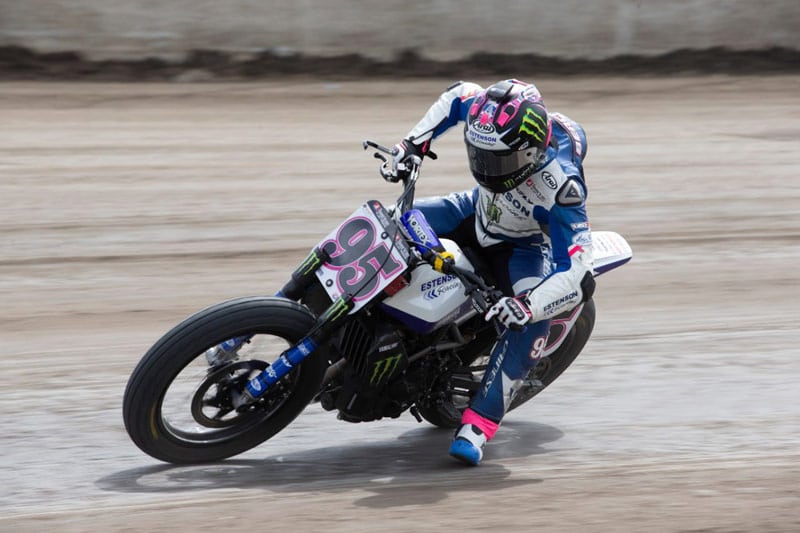
“This project went very well”, Mr. McCarty said. “ The G&G guys used our engine setup and there were a number of guys who rode Yamahas who bought these parts from us, and then had great success with them in terms of consistency, reliability, and all that. these things. This allowed us to take the next step. »
Then there was the chassis. As mentioned earlier, it's not really as easy as buying one off the market. There were several options in the United States and McCarty went to C&J in California, to see if they could design a chassis separate from Yamaha's.
“It didn’t turn out to be what I was looking for.”, McCarty said. “ We didn't want it to be a simple Yamaha engine in a C&J chassis, nor did we want it to look like any of the other models they build. I wanted something more relevant and modern in design. This is what allowed me to continue making our own chassis. »
As it happened, at the same time, Derek Brooks (a former flat track racer), head of YMUS' motorcycle product line, was working on an idea of his own. He spoke to Jeff Palhegyi of Palhegyi Designs, who works with YMUS on many concepts and prototypes. Eager to build something special as the centerpiece of Yamaha's stand at AIMExpo, Brooks and Palhegyi came up with the idea of a "new generation" of flat track motorcycle, built around the new MT-07 CP2 engine. After some discussions in the hallways, Brooks, McCarty and Palhegyi came together to build not only a cool-looking "concept bike", but also a true flat track racing machine for the future.
“We started thinking about building this frame so we could eventually build it and put it into production for racing”, McCarty said. “ I was responsible for geometry and that sort of thing. One of my main goals was to make sure the bike had a real airbox, not just a K&N stuck to the back of the injector bodies. I also went to Chris Lessing of Graves Racing to help him tune the link and the shocks were road racing inspired. »
Brooks, who was responsible for the overall look and style, wanted to make sure it was a design that was not only modern, but also cohesive.
“The last thing I wanted to build was a traditional flat track motorcycle”, Brooks said. “I thought it was time to move the style forward. We brought design elements from the MT-07 around the fuel tank and even some dirt bike cues on the rear end. The main design element, however, was to merge the entire body into one harmonious design instead of individual parts. »
The DT-07 concept was revealed as planned at AIMExpo 2015, complete with a replica of Kenny Roberts' painting. It certainly turned a lot of heads with its looks, especially with the growing "street racer" trend, but when it came to racing motorcycles, there was still work to be done. YMUS then took it in-house and started to readjust some of the things that were wrong about the geometry.
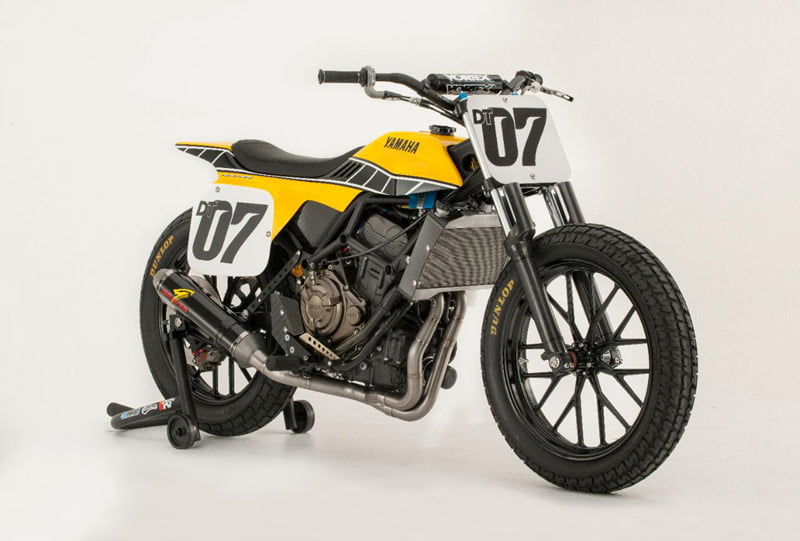
“We tested it several times, we had different types of pilots try it and we got good results right away”, Mr. McCarty said. “I wanted to go to the next level. So we worked with Southland to make frames, units that we could potentially use for flat track racing or sell. »
Around the same time, a guy in Arizona started returning to his roots as a motorcyclist and dirt track racer. A self-made logistics businessman named Tim Estenson, who started his own very successful trucking company. He got back into flat track racing by helping a rider compete in some Twins races in 2016 and entered the scene the following year with a two-rider team, one rider for the AFT Twins and one rider for the AFT Singles. He found success in that first season with an X Games victory with Sammy Halbert and winning the AFT Singles title in 2017 with Kolby Carlile. From there, he continued to build on that foundation, and really came back in a big way in 2019.
“Tim Estenson made the Yamahas race”, McCarty said. “ They were doing well, but he wasn't really happy with their direction. Tim and I made a little deal so he could take the bike we started with and then expand from there. »
As for Estenson, he could have chosen an easier route with an already established flat tracker, something that has won before, but his heart was set on Yamaha.
“I was raised on Yamahas when I was a young boy”, Estenson said. “ It’s what I started racing with, so it’s more of a sentimental thing for me. When I got back into flat track with my team, I raced Yamahas and other bikes, and won a few races on them, but I kept thinking about the Yamaha and his legacy. And then I thought: "If I win on a specially designed racing motorcycle, what would I have accomplished?" » All of a sudden, I said to myself: “That's it! We have to go back to the Yamahas.” »
He took what he had developed with the MT-07 the previous two seasons, took what YMUS had developed in-house (the MT-07 DT) and moved forward to develop that frame and bring it on the track in competition. Estenson also brought in Palhegyi to help develop the chassis.
The team showed some potential from the all-new flat tracker with a podium finish from Jake Johnson in the season opener at Daytona and Beach's historic victory for Yamaha that Estenson was hoping for quite early in the season. Later in the year, they confirmed it with a one-two finish from Beach and Johnson at the Buffalo Chip TT. Although success was early, developing the new bike on the track was difficult. American Flat Track presents unique challenges and not just with dirt, as there are four very different types of tracks: Miles, Half-Miles, Short Tracks and TTs.
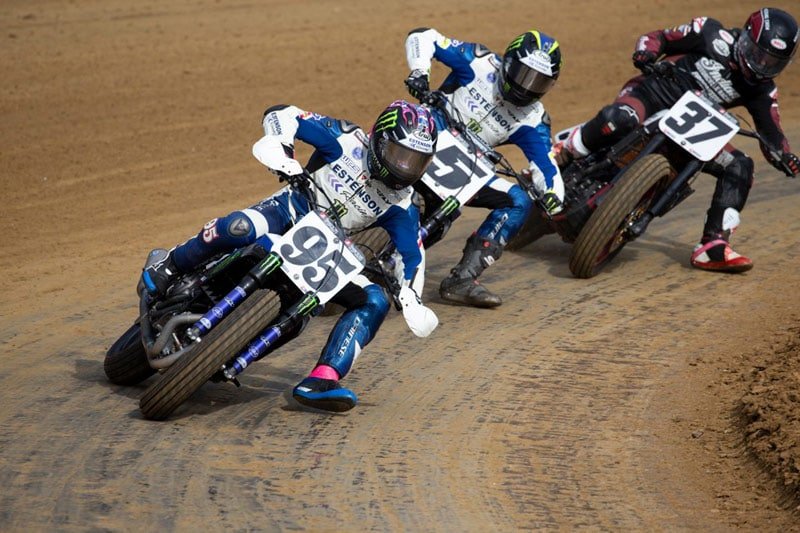
“I think what makes flat track motorcycle development more difficult than MotoGP or superbike is that the track conditions change enormously and very quickly,” Hayden said. “When you're testing, it's really hard to measure your gains and really be sure that you're making things better or worse, and that it's not the track that's changing. Literally, in 10 minutes your track can be a second slower if it's too wet or too dry or if a new trajectory develops. And then there are the types of tracks which vary a lot. From small tracks to Mile ovals, including TTs with their jumps and other things. So I feel like it makes things more difficult, even frustrating sometimes, because you think you have something good, but maybe it's only really good on one type of track or one type of specific land, or something like that. »
McCarty recognized the challenges that flat track racing presented for developing a racing motorcycle, but he could see that changing.
“I think it’s evolving”, said Mr. McCarty. “The limiting factor for all of these motorcycles, no matter their size or power, is the tires. The tires are of a specific type. They've been around for a while. They made some changes this year, but I think they were really hoping to get some consistency in the tires and not make it a tire race. There are things that can be done, deformation is one thing, let's say flexibility, so that the carcass can help the tires obtain as much traction as possible. The central band is quite important for this too. »
At the same time, with his experience in many motorcycle racing disciplines, Mr. McCarty could view these issues as simply part of development.
“Racing is racing, whether it's a superbike or a flat track motorcycle”, Mr. McCarty said. “
They have a lot of similar problems. We always hear the word “traction” everywhere we go. Road and track racing or even sometimes motocross. The suspension plays a role. Every element of the motorcycle plays a role. I think it just has a different name and looks a little different, but not all technical stuff is superbike or flat track specific. They all have the same characteristics. »
Although Estenson was thrilled to get that first victory in Arizona and accomplish his goal of putting Yamaha back at the top of the premier class, he wants more than just one or two wins. Heading into the 2020 season, he increased his already substantial investment in the project. Estenson expanded the team's headquarters to add a machine shop, and increased full-time staff, including adding a highly experienced technical director, Davey Jones, and a full-time electronics technician instead of obtain supplies from outside. In addition, YMUS has also increased its support for the team.
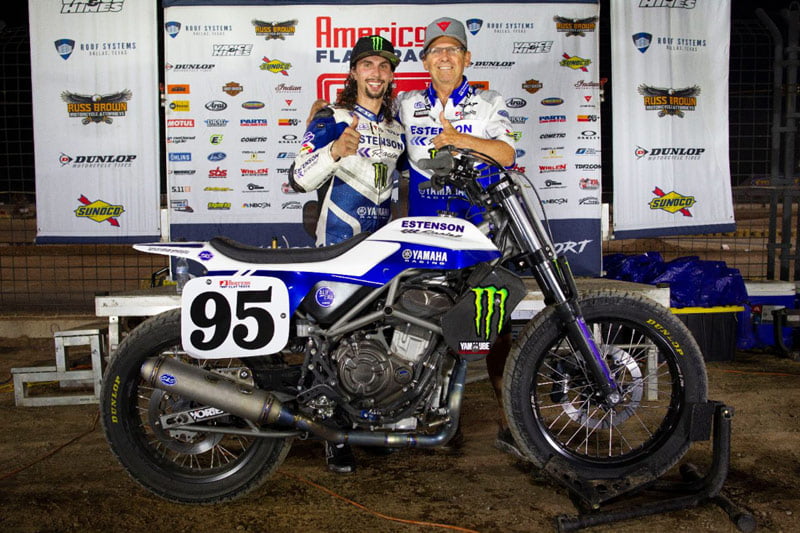
“We proved that the motorcycle’s potential was there”, Mr. Estenson said. “ When we looked at the end of the year and looked at how many hundredths of a second we were behind, we took an honest look at the bike and started picking places where we thought we could get a tenth here or half a tenth there, to progress and run regularly in front, and it seems very doable. »
After a year of experience with the team and a year with the new Twin, Hayden has seen the project progress significantly during this time.
“He has evolved a lot”, Hayden said. “ The biggest thing this year is we've really increased our level of sophistication in everything we do, like bike calibration, data collection, geometry software, how we switch engines to bench and our ability to quickly develop prototype parts in-house. As a team, I feel like we've made a lot of progress in how we work together as a group, and in our discipline with a much more structured work process. I feel like we have much more accurate documentation of everything that's happening, every change we make, every part we develop. We're dealing with a lot of real facts and real numbers instead of, I would say, a more vague estimate of that sort of thing. »
The boy who rides it, the one who has already won a few races, noticed the improvements, without even turning the handlebars on a competition track, because of Covid-19 which postpones the start of the 2020 season.
“I think throughout last year we learned a lot about the bike, but we also made mistakes”, Mr. Beach said. “ So at the start of winter we had a better plan and we had a lot more time with the bike. We went from a motorcycle that I almost dreaded riding every weekend because we knew it wasn't getting any better, to a motorcycle that was a lot of fun to ride. Before, it was almost like when you sat on the bike, it did what it did and you couldn't really put your mind to it and rev it. This is one thing that we have improved a lot this winter, the ability of the bike to react better to the riding to be able to attack a little more. This is also the case when you make modifications to the bike and you can feel them. Before, you could make big changes to the bike and it wouldn't change anything at all. Of course, we haven't had a race yet, but I think it's going to be very interesting. I also think we have a better plan for when things don't go so well. »
As for Tim Estenson, his plan is quite simple: “ It's my love, my passion. This is what I want to do. I want to win and win consistently on a Yamaha product. »
To watch last year's Super TT on the American Flat Track Facebook page, click here.
Paddock-GP translation












